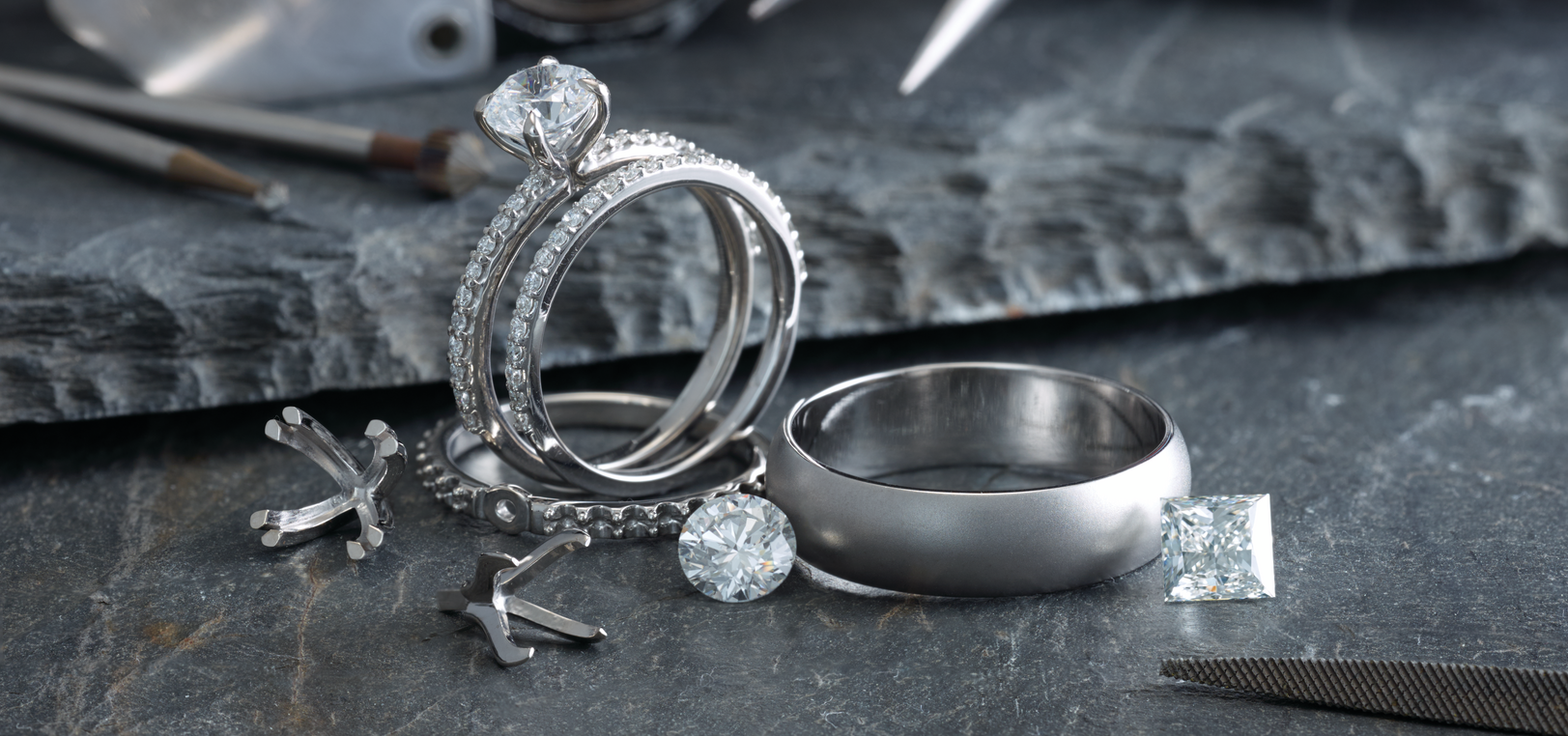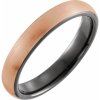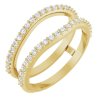Platinum has been used for thousands of years and is one of the three precious metals - gold, silver, and platinum. It has the hallmark of being the rarest and most expensive precious metal.

MEET PLATINUM
Platinum was discovered in Europe only in the 16th century as a grey-white infusible metal. The ancient Greeks and Romans apparently knew platinum, because the writings of Pliny speak of a white metal that appears together with gold in gold-bearing sands and is heavier than gold.
It was not until 1750 that platinum was found to have different properties than gold and silver. The name platinum is derived from the Spanish word plata, which means silver. Platinum, in the past called white gold, is an alloy of gold and iron.
Later in 1777, platinum was thoroughly investigated and found to be an element with specific properties that differ greatly from those of gold and silver. It is found very rarely in pure form, mostly in compounds with platinum metals, gold, nickel, and other metals.

Platinum is most widely used in the jewellery industry, as well as in the chemical industry, in medicine, and in new branches of modern industrial production. Platinum metals are also found under the names palladium, rhodium, ruthenium, osmium, and iridium. They are similar in colour to platinum but have different physical properties. Platinum is considered to be 10 times rarer than gold.
Palladium is lighter in colour than platinum and has a high metallic lustre. In goldsmithing, it is used in alloys with gold and silver. This creates a soft white gold alloy that is used to set the gemstone in jewellery.
Rhodium is used in the jewellery industry in the plating of jewellery, so-called rhodium plating. Gold jewellery has a naturally yellowish colour, and to achieve a bright white effect, the jewellery is always rhodium-plated at the end of the production process, which gives it a bright white. Some goldsmiths do not practice this last step because they want to acknowledge the natural colour of the gold. In our goldsmith studio, SALABA, we always rhodium plate jewellery from white gold.
PHYSICAL PROPERTIES
Platinum (Pt) has a density of 21.5 kg/dm3 and a melting point of 1773 °C. Platinum is black and white in colour and has a high gloss. It is malleable, malleable, soft and tough. It is stable in the air. It resists hydroxides and acids and, unlike silver, does not tarnish. Only hot royal jelly dissolves it.
Platinum is a very rare precious metal, only around 200 tonnes are mined annually. Compared to gold or other precious metals, this is only a fraction.

PLATINUM ADVANTAGES
Platinum is an anti-allergic metal, so we recommend platinum jewellery to everyone who is irritated by other precious metals. Platinum does not contain any admixtures of other metals, which makes platinum jewellery hypoallergenic.
Due to its high hardness, this metal is ideal for diamond jewellery. The diamonds are held very firmly in the platinum, and the wearer certainly does not have to worry about any unwanted clearance.
Another advantage of platinum is that it cannot be scratched, which makes it an ideal precious metal for everyday jewellery.

PLATINUM JEWELLERY IN THE SALABA GOLDSMITH STUDIO
All rings that you can find in our e-shop are also made of platinum. A platinum engagement ring is a beautiful carrier of pure love. We also offer platinum wedding rings. We offer a limited selection of platinum earrings, but we are happy to make you a custom piece of platinum jewellery.
You can read more information about platinum rings here.









